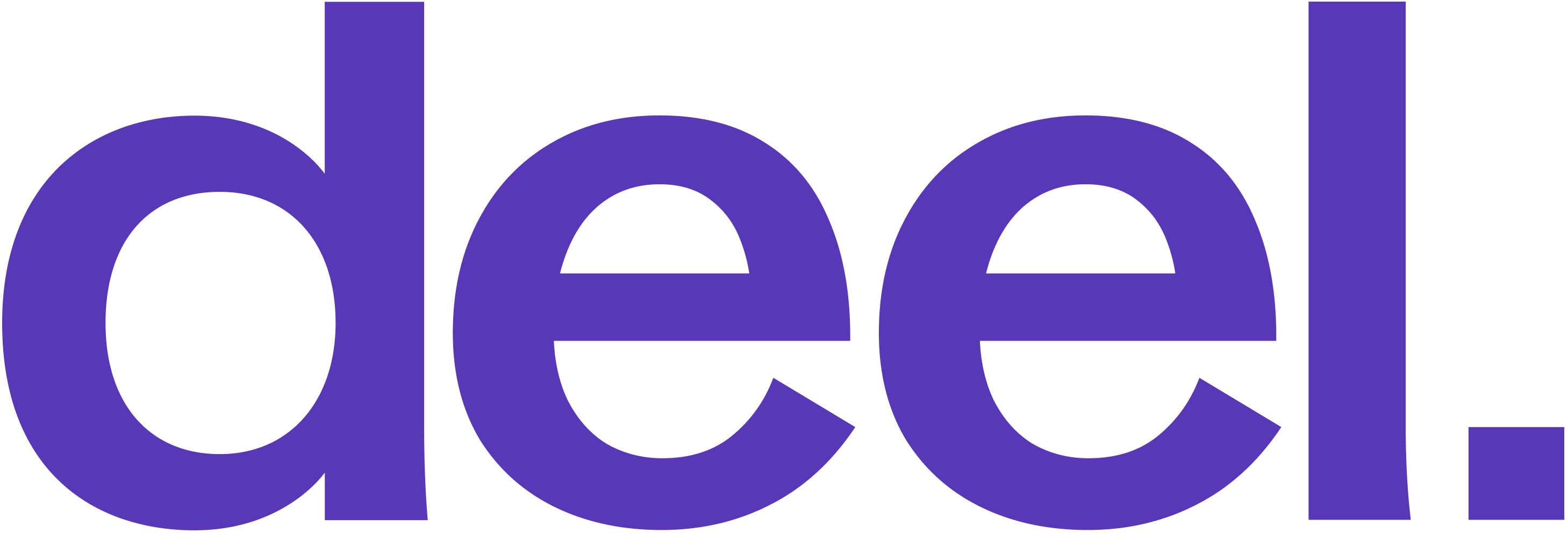Operationalizing the 2023 Application Per Job Report
9 minute read
Updates
In case you missed it, the 2023 Application Per Job Report is out. The report analyzes 13 million applications from January 2021 - April 2023, and shares a couple of significant insights like:
- Weekly inbound applications per job have increased by ~3X overall over the past 3 years.
- The first week of an open role sees a ~2x higher inbound application rate than subsequent weeks.
- The first four weeks of applications can inform the future application rates.
How and why does this report help RecOps professionals though?
It helps you:
-
Understand the impact of various sources on your pipeline and recruitment marketing spend.
-
Work with your hiring manager to transform your TA department into a true business partner.
-
Create reasonable expectations around the pipeline and candidate experience for everyone in the interview process (e.g. interviewers, hiring managers, and candidates).
Using the report and suggested ways to manage increased job application volume, let’s explore how RecOps professionals can advocate for great candidate experiences and surface top applicants.

Before Opening a Req
Opening a requisition without qualifications and a plan is very similar to going grocery shopping on an empty stomach: you’ll end up with more candidates than you can handle, low-impact job requirements, and a high likelihood of poor quality of hire. It is just a bad idea.
To prevent this from occurring – there are four steps we recommend RecOps take before opening the role that will ensure you attract qualified candidates, set proper expectations, and are set up for success.
Set up a timeline/storyboard
Work with the recruiter and the hiring manager on establishing a clear timeline for the requisition. In these conversations bring along metrics (e.g. how long has it taken to hire this role in the past, capacity planning) and scenario planning (e.g. If the role gets X number of applicants, we will unpost it to review. We will keep the role open from X date to Y date then close for review.) to help aid the team. Depending on the nature of your company, this can be done in an intake meeting or asynchronously. After you have defined the timeline, have the recruiter and hiring manager sign off on the agreement so expectations are appropriately set and can be referenced later.
Start with the job posting
- Your job description should be targeted, clean, and precise. Jim Miller, VP of People & Talent at Ashby, covered the importance of this on the Offer Accepted podcast. In this clip, Jim points out that you should think of the job description as your resume or story to candidates. As a RecOps professional, take a moment to help your team define the standards and expectations around your JDs (e.g. industry-standard job title, specific sections, keywords) then serve as a checker to enforce those standards before the role is posted.
- If you have difficulty determining specific standards, use local OFCCP-like guidelines to ensure you include what is needed and necessary.
- Elevate your job postings to meet candidate expectations. Sharing details like salary transparency, industry-standard job titling, specific tools, job-specific SEO terms, the role’s impact across the org (more on that below), and more are just a few things you can do to create a better, more easily found job posting for your candidates. While much of that information can be templatized or is standard, one way to elevate your JD is to include the recruiting timeline, which will help set candidate expectations. For example, sharing that you plan to have the role open for X number of days and that candidates will hear about the next steps by Y date allows for a more transparent candidate experience. If specific dates feel too constricting, you could also decide to share that you will close the req after receiving a certain number of applications. This may create urgency in candidates to apply quickly, but it will also allow you to set expectations with your recruiters about how quickly they should review applications. If you are worried that the same candidates might flood multiple roles, consider using application limiters like the one built into Ashby’s ATS and Jim discusses here.
- Expand on the role’s impact and success measurements. By spelling out, in detail, the impact the role will have on your organization, you can show the candidate how they are helping. This will also give the candidate an idea of how their success will be measured. For example, articulating for a Head of Demand Generation role that “Success in this role over the next six months will be measured on your ability to build a deep understanding of our ideal customer profile’s motivations and behaviors, further optimize and operationalize our already very successful ABM motion, and to have experimented and found additional medium-term marketing channels for our business to continue scaling into” gives the candidate a clear vision for what is being asked and how they can exceed those targets. Additionally, this helps the team gauge a great hire.
Create question checkpoints/rely on filters
- Leverage questionnaires as part of the application process. These can be used to get filterable data, eliminate questions that would be asked during a recruiter screen, automatically add candidate tags, and so much more. When building out the role in your ATS, work with the hiring manager and recruiter to identify 2-5 questions that could be used upfront to help surface top candidates and possibly remove candidates who aren’t qualified yet. Some examples of these questions are:
- Have you worked with X (i.e. tool for Y (i.e. years of experience)?
- How many years of experience do you have with X (i.e. tool, process)?
- Do you have X (i.e. certification, experience)?
When designing these questions, ensure that the question asks for a definitive answer (i.e. Yes/No, specific number). This initial lift pays the most dividends later as it will help surface only those candidates that meet or exceed your requirements. It is important to note that pre-defined questions generally do not fall under the umbrella of AI as you are not asking AI to decide for you.
For details on configuring this in Ashby, check out the following link.
Social media can be a support (Part I)
- Prior to opening the role, do a source analysis of previous hires, especially if this is a role you have hired before. By doing this analysis, you can help the recruiter know where to direct their marketing and social efforts. Additionally, if your company looks at metrics, like cost per hire, it will help you understand if you need to spend money on a specific source like sourcing.

While the Req is Open
Once the req has opened, here are four categories for ways RecOps can help both the recruiters and hiring managers achieve a high-quality hire.
Track Results (Part I)
- Assess the entire candidate pool before evaluating it (aka a cohort hiring process). Using and staying committed to thresholds you set before the role opening will ensure all candidates are evaluated evenly and that the hiring process is focused. Check-in with your recruiters and hiring managers to make sure this is running smoothly.
- Continuously monitor your inbound rates. If your inbound traffic reaches your number of applicants or date deadline, close the role. This will allow your recruiter and hiring manager to adhere to their established thresholds.
- When to start over. If the hiring manager decides that the candidate quality isn’t there and wants to make changes in the hiring process (e.g. asking new questions, inserting new steps that weren’t previously discussed), close the requisition and start over. Not only will it enable accurate data for reporting purposes but fairness since previously declined candidates may now be eligible.
Automation
- Automating will accelerate the hiring process, reduce errors, and ensure every candidate receives the same experience. If anything in your hiring process requires manual steps (i.e., sending out a coding test, a specific email update email, etc), look for ways to automate, either by creating templates or leveraging tools -- like scheduling automation or AI functionality.
Social media can be a support (Part II)
- Leveraging social media and other channels to increase visibility and attract a wider pool of potential candidates can reduce time and monetary costs. While the recruiting/hiring team can share a role on their socials, an often overlooked way of getting your roles out is through vendors. Depending on the role, these companies may have deep, untapped networks that you can leverage.
Work with your hiring manager to set expectations
- Once the role is open, it is reasonable for emotion to creep into the process. This can come in the form of hiring managers wanting updates every day or wanting to chase the newest shiny thing. Recruiters may start to make exemption requests. Manage these expectations by continuing to share where the team is at in the timeline or recent milestones (e.g. if you set a target applicant number or date to turn off the requisitions posting) based on the agreement the hiring manager and recruiter signed off on before the role was launched.

After Req has Closed
Once the req has closed, the analysis and capturing of the learnings happen. Here are two ways RecOps can contribute to the future requisitions and hiring success of the recruiting/talent acquisition team.
Track results (Part II)
- If you invested time into building out precise success measurements, you will now be able to assess whether the candidate was an excellent hire.
- While it might be unrealistic to do a complete role breakdown/burn down after every role closure, it is essential to capture any new learnings. Set aside time at the end of every quarter to do a retrospective. In the retrospective, include data (e.g. total number of applicants across all roles, total number of applicants in the first two weeks) as well as signals (e.g. specific social posts that resonated, feedback from candidates) and A/B tests/results. With this information, you can find ways to continuously improve and be operationally efficient.
In closing
The 2023 Application Per Job Report and the suggested strategies for managing application volumes open doors to transformative practices that can elevate your recruitment operations. By embracing these insights and implementing effective techniques, RecOps professionals can shape exceptional candidate experiences, attract top talent, and gain a competitive edge in the dynamic job market.
If you’re in the RecOps or Recruiting community and enjoy content like this, follow our newsletter to never miss an article. Additionally, if you hadn’t heard, we’ve launched a podcast where we tackle the toughest questions in recruiting strategy with some of the industry's brightest thinkers.



